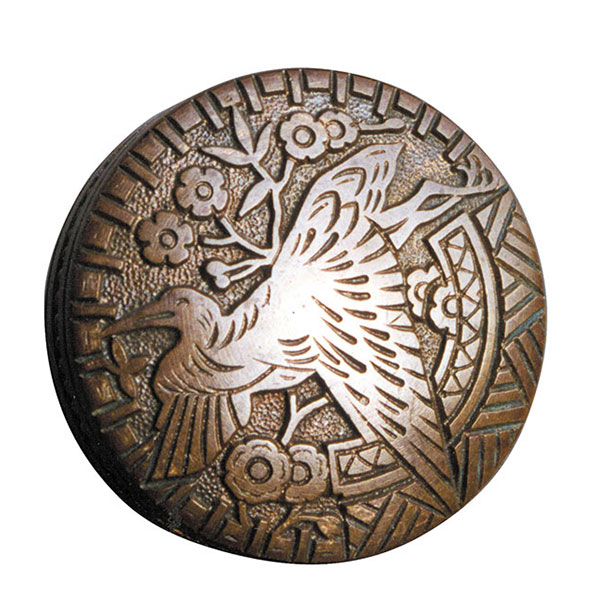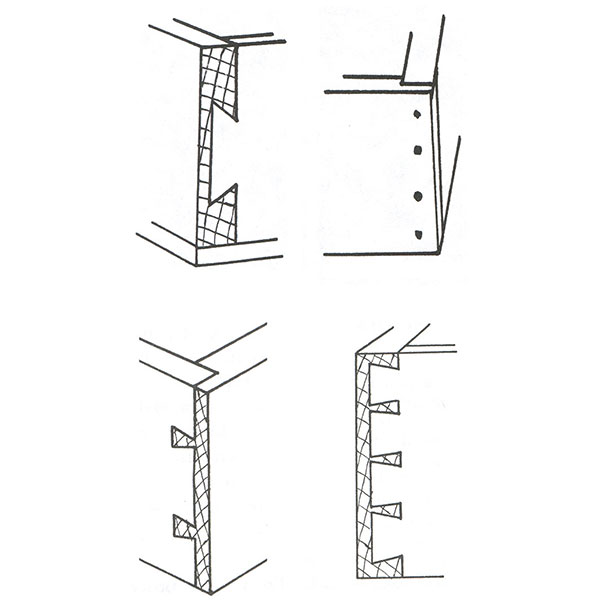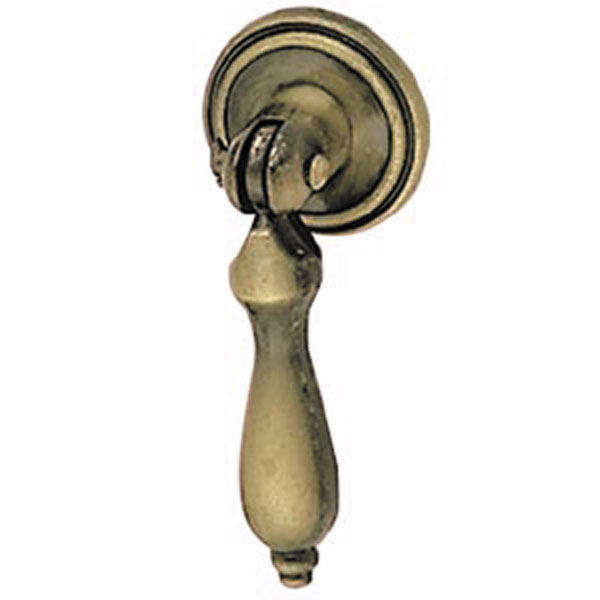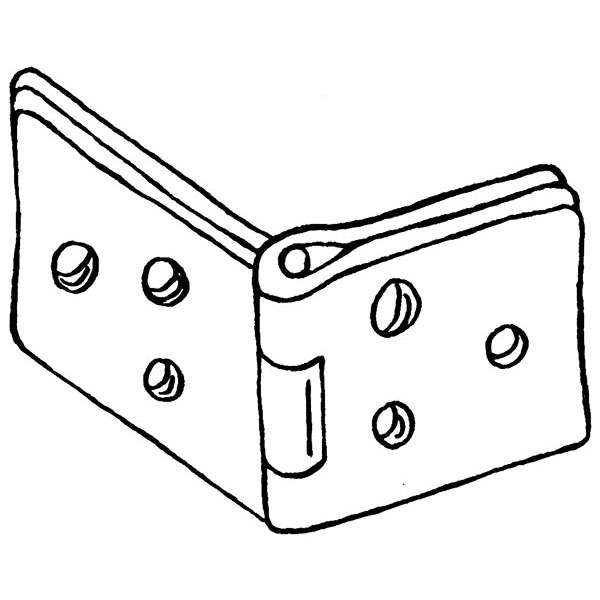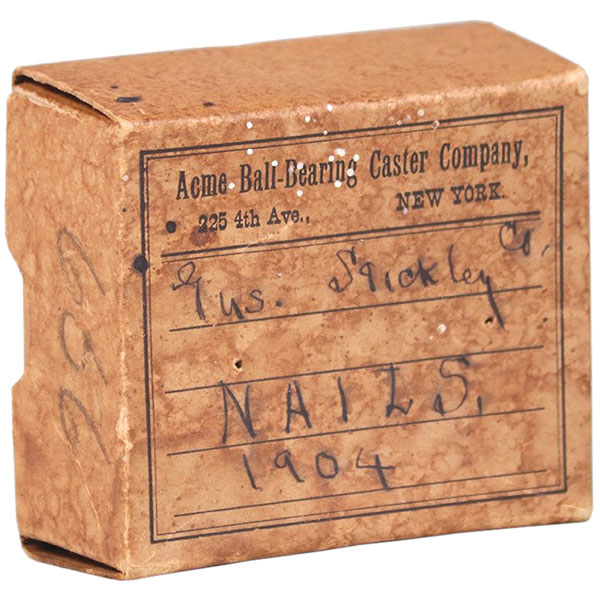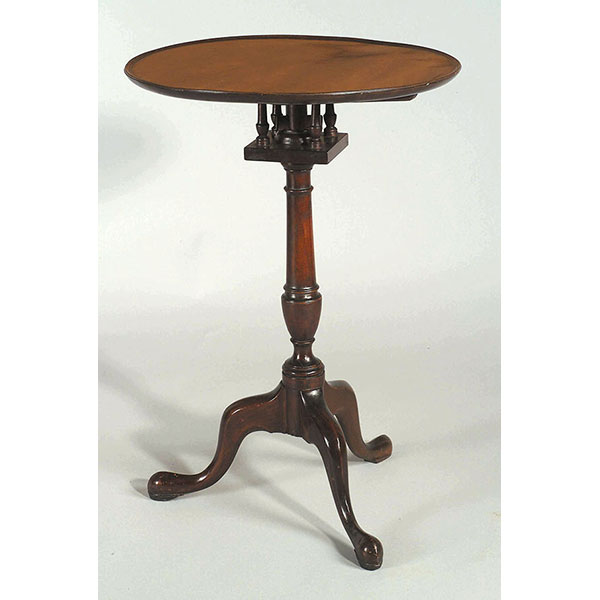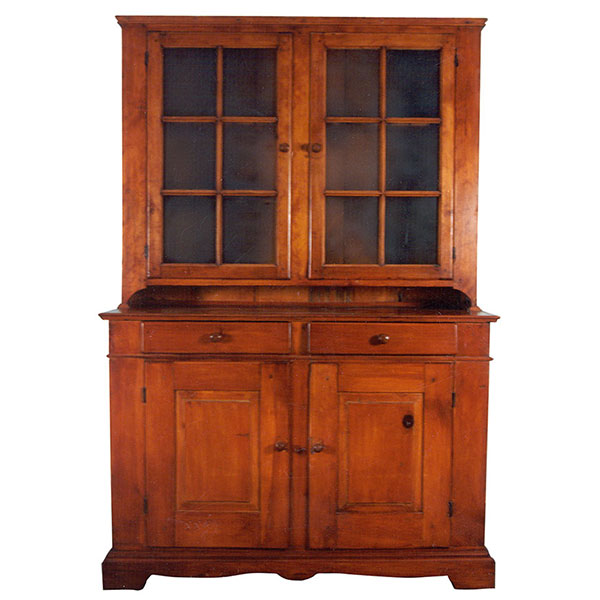Identification Guides
Authenticating Furniture
The best way to judge the age of a piece of furniture is to study how it is constructed. Part of this information is technical, but most of it can be used by any antiques buyer out for a day’s shopping spree. This is not meant to verify the age of a museum-quality, eighteenth-century Baltimore piece that might really be a very fine and expensive Victorian copy, but it will help with a medium-priced antique that may or may not be old.
If you plan to buy furniture that costs thousands of dollars, our advice is to find a reliable antiques dealer or auction house that will stand behind the sale. Legitimate dealers will take a piece back if it turns out that it is not what it was represented to be when sold. Mistakes may be made through ignorance, not greed, and most dealers are eager to restore your money and your confidence. The long-established dealer is not the difficulty. The problem is usually the antique that is hurriedly bought at auction, on the Internet, or at a house sale.
Even the White House curator was fooled by an églomisé Baltimore lady’s desk thought to have been bought by President Monroe. It was accepted for the White House dining room when it was redecorated during the Kennedy administration. Later it was determined to be a copy made by an English cabinetmaker in the late 1870s. In 1970 the Henry Ford Museum bought a seventeenth-century Brewster chair from an antiques dealer in Maine. The prized acquisition was featured on the cover of a publication about the museum’s early furniture collection. Several years later when the chair was pronounced a fake by the twentieth-century maker, research— including x-rays to determine how it was constructed— verified that the chair was not old and was proof of the maker’s skill and ability to fool the experts. He had built the chair, aged it, and even created a false provenance for it. The museum now uses the chair in exhibitions of clever fakes and forgeries.
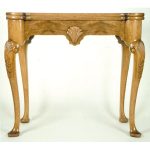 |
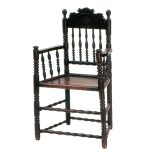 |
| Traditional designs have continued to be made by fine furniture firms. This Queen Anne-style game table from the 1940s is made of hand-carved solid wood. The top opens to form a felt-covered surface for cards. | Remove the carved crest on this English chair and what remains is the basis of the Brewster-type chair created by colonial chair makers. This seventeenth-century chair has one row of spindles. |

